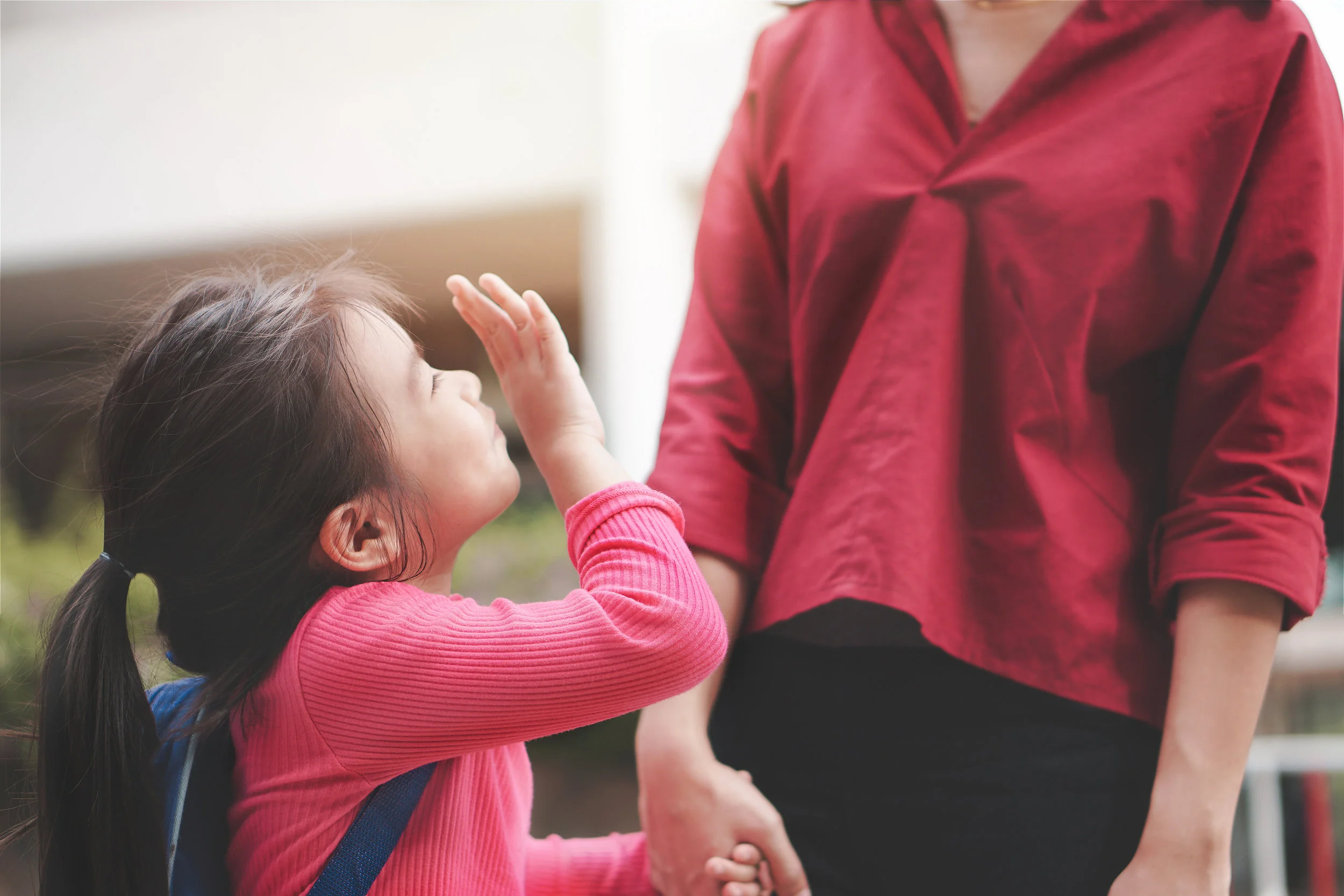How Do We Make A Connection?
Whenever I meet a child for the first time, whether I’m at the playground with my granddaughter, visiting a school, or hanging out with family and friends, I always pull from my metaphorical pocket, a topic of mutual interest. It could be a discussion of such things as shapes, colors, the child's age or name, but it never fails to result in a connection.
Yesterday at a park in the lower east side of Manhattan where I was hanging out with my daughter and granddaughter, Alma Louise, I said hello to a four-year-old girl who quickly volunteered that her name was Belle, “like the Disney character”, she added. The conversation flowed with each of us talking about our favorite movies. From that moment on, she continued to check in with us, sharing information about her favorite teacher, her family, etc. At one point she even brought her nine-year-old brother over to introduce him. I guess you could say that we connected.
While there is nothing particularly dramatic about this anecdote, it does illustrate the power that observing, listening and connecting has when it comes to young children.
Being a teacher is challenging, but being a parent is even harder! The most common piece of advice that I give to parents who are struggling with their child's behavior is to observe, listen and learn from their child. When that happens, it is much easier to connect with them, and everything that flows from that connection serves to support healthy growth and development of the child and the parent-child relationship.
When I arrived at the registration table at the Brazelton Symposium that I recently attended in Newton, Massachusetts, I received the requisite tote bag containing the conference schedule, various handouts, and a little red wind up toy train.
Pediatrician Dr. T Berry Brazelton always kept such a toy in his pocket to help quickly connect with a child in his care. Since this symposium, which was set to honor the life of this groundbreaking pediatrician, who died on March 13, 2018, at the age of 99, was all about connection, it was the perfect thing to include in the tote.
I first learned of the important work of T. Berry Brazelton while attending a National Association of the Education of Young Children Conference in the 1990's. Dr. Brazelton was quickly earning the mantle of America's pediatrician by that time. His groundbreaking work with infants was reaching a new generation of parents through his television series, "What Every Baby Knows." And he was having a lasting impact on a generation of parents who would face new parenting challenges. Families began to have two parents working outside the home in record numbers, not to mention the influence of increased technology and other lifestyle and cultural changes.
Dr. Brazelton's famous video of calming a crying baby with soothing words and a knowing touch sent a strong message about the inner resources of infants and the power of the observation of them, as well as communication with them. In my own work with children and parents, my first suggestion is to always to step back and observe, and most importantly to connect. My goal in approaching every child is to treat them with respect, ask questions and learn from them. The establishment of this reciprocal relationship is at the core of Dr. Brazelton's message.
In the intervening years, Dr. Brazelton, along with child psychiatrist Dr. Joshua Sparrow have continued their research and work with children and their families, publishing numerous books supporting parents and caregivers. Their message has been shared with diverse populations throughout the world. As each of the speakers at the symposium attested, their collaboration with Dr. Brazelton and the Touchpoint Center has supported and informed their work with children and their families. Over and over they reiterated Dr. Brazelton’s message-we are all learners, children and parents alike. We have everything to learn from each other, from connecting.
Tarajean Yazzie-Mintz from the Touchpoints Tribal Initiative spoke eloquently about bringing people together and the power of Dr. Brazelton's influence on her community's vision. Sandra Gutierrez echoed those sentiments with stories of building trust and connection with parents and families. Renee Boynton-Jarrett used the 3 C's -courage, conversation, connection- to illustrate the impact that the Touchpoint Center had on the Vital Village Network. And finally, Harlem Children's Zone founder, Geoffrey Canada shared a touching tribute to Dr. Brazelton and the critical influence he and Dr. Joshua Sparrow have had on his organization.
Through the vital work of Dr. Brazelton and Dr. Joshua Sparrow, and everyone at the Touchpoint Center, we have all learned to have our own small red toy train that we pull from our pockets in an effort to learn and connect with children.






